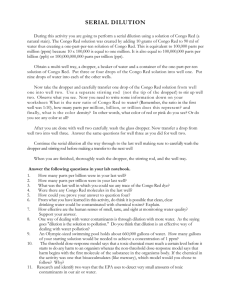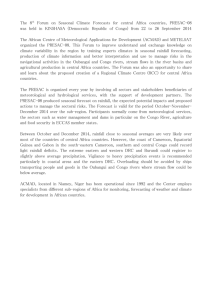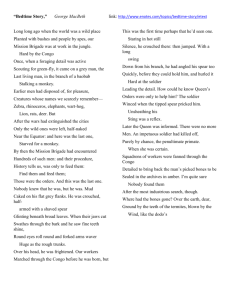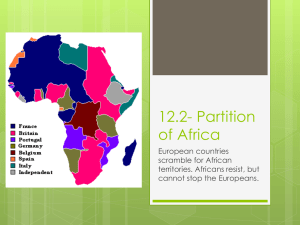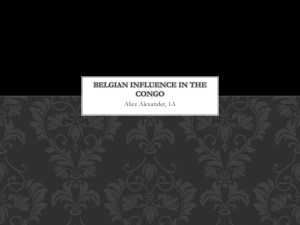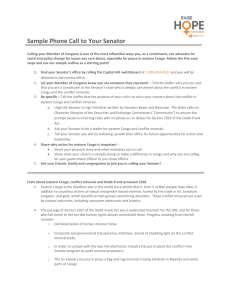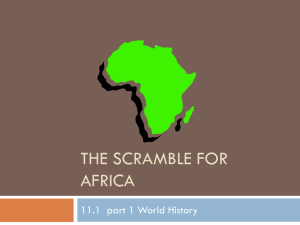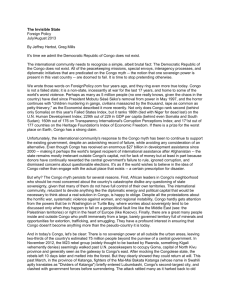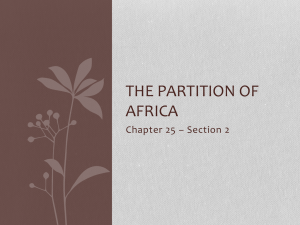ap environmental science serial dilution activity
advertisement
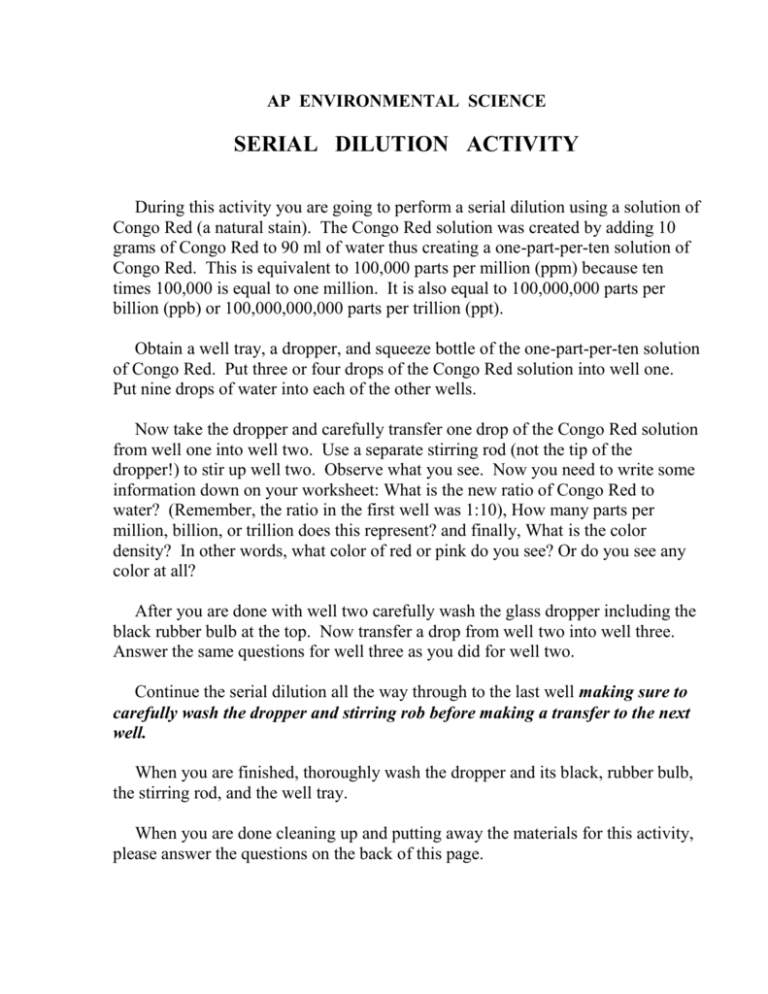
AP ENVIRONMENTAL SCIENCE SERIAL DILUTION ACTIVITY During this activity you are going to perform a serial dilution using a solution of Congo Red (a natural stain). The Congo Red solution was created by adding 10 grams of Congo Red to 90 ml of water thus creating a one-part-per-ten solution of Congo Red. This is equivalent to 100,000 parts per million (ppm) because ten times 100,000 is equal to one million. It is also equal to 100,000,000 parts per billion (ppb) or 100,000,000,000 parts per trillion (ppt). Obtain a well tray, a dropper, and squeeze bottle of the one-part-per-ten solution of Congo Red. Put three or four drops of the Congo Red solution into well one. Put nine drops of water into each of the other wells. Now take the dropper and carefully transfer one drop of the Congo Red solution from well one into well two. Use a separate stirring rod (not the tip of the dropper!) to stir up well two. Observe what you see. Now you need to write some information down on your worksheet: What is the new ratio of Congo Red to water? (Remember, the ratio in the first well was 1:10), How many parts per million, billion, or trillion does this represent? and finally, What is the color density? In other words, what color of red or pink do you see? Or do you see any color at all? After you are done with well two carefully wash the glass dropper including the black rubber bulb at the top. Now transfer a drop from well two into well three. Answer the same questions for well three as you did for well two. Continue the serial dilution all the way through to the last well making sure to carefully wash the dropper and stirring rob before making a transfer to the next well. When you are finished, thoroughly wash the dropper and its black, rubber bulb, the stirring rod, and the well tray. When you are done cleaning up and putting away the materials for this activity, please answer the questions on the back of this page. Answer the following questions on the back of your worksheet: 1. How many parts per billion were in your last well? 2. How many parts per trillion were in your last well? 3. What was the last well in which you could see any trace of the Congo Red dye? 4. Where there any Congo Red molecules in the last well? 5. Is there any way to prove your answer to question four? 6. From what you have learned in this activity, do think it is possible that clean, clear drinking water could be contaminated with chemical toxins? 7. How effective do you think the human senses of smell, taste, and sight are at monitoring water quality? 8. One way of dealing with water contaminants is through dilution. As the saying goes “dilution is the solution to pollution.” Do you think that dilution is an effective way of dealing with water pollution? 9. How does this activity relate to the concept of the nonthreshold doseresponse model versus the threshold dose-response model? (Remember that the threshold dose-response model says that a toxic chemical must reach a certain level before it starts to do any harm to an organism whereas the nonthreshold dose-response model says that harm begins with the first molecule of the substance in the organisms body) 10.Identify two ways that the EPA uses to detect very small amounts of toxic contaminants in our air or water.
